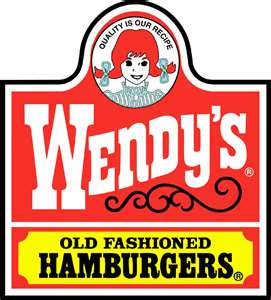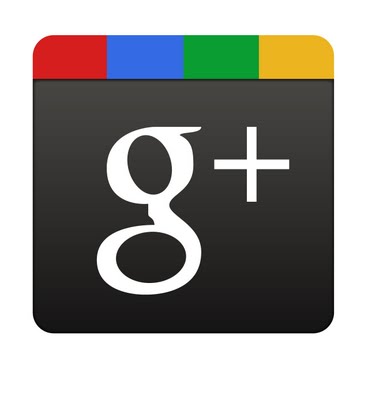
In the game of basketball there’s something that really can separate the good players from the average players. A lot of players do not do it and yet they would be better served and more successful if they did do it. It’s fundamental to the game and yet a lot of coaches do not coach it or preach it. I’m not going to tell you what it is yet.
In digital marketing, social media marketing and any type of integrated marketing communications plan, we can create a strategy, design the tactics to use for that strategy and then we can implement. Then we wait. We measure. We tweak and we rework, redesign and we retrench if necessary. But if instead of waiting for things to happen. What if we made things happen? What if we created opportunities for ourselves?
Remember the movie Field of Dreams and the famous line, “If you build it, they will come”? In marketing, especially in the web world, there’s a sense that all we have to do is create a website, add that transactional back-end, create a Facebook page, a Twitter handle, and a blog site-and they will come. When what is really necessary is a lot of OFF page SEO work, a lot of content creation, content curation, and content consumption and commenting. You have to be proactive in this new digital paradigm. You can’t wait for it to happen or you’re done.
Back to the hoops analogy
In basketball, the more you stand around and watch, the less you are part of the action and the game. If you expect to get the ball passed to you on the wing just because you happen to be standing there, well it’s not going to happen. The defender is not fooled and you’re less of a threat because he doesn’t have to worry about you, he can see you. He can literally defend the basket and you at the same time because you’re not doing anything.
If you move without the ball, then you create more opportunities for you to get the ball, to score and to win. If no one moves-you don’t win. Simple as that. In digital, if you want to just build stuff and wait for people to find you-you won’t win. Simple as that.










